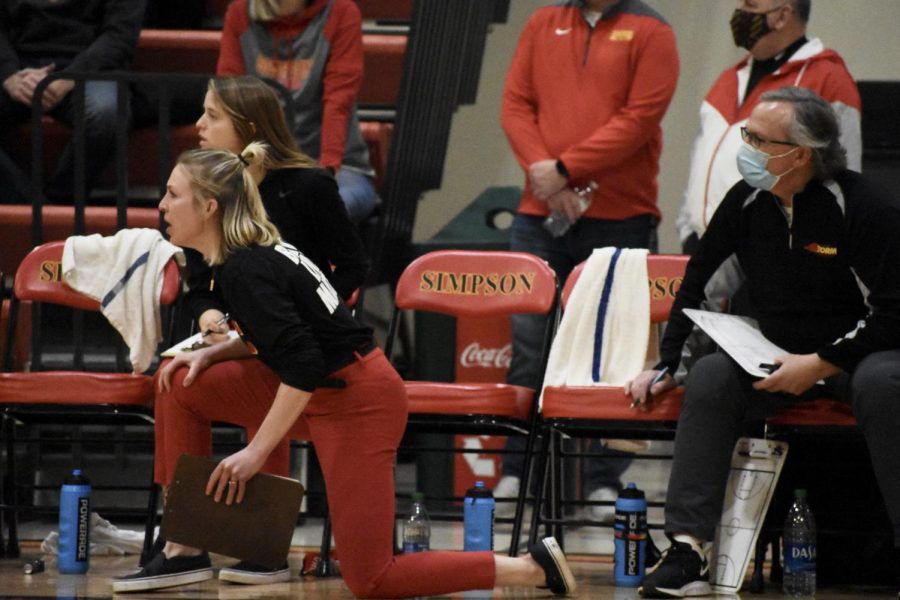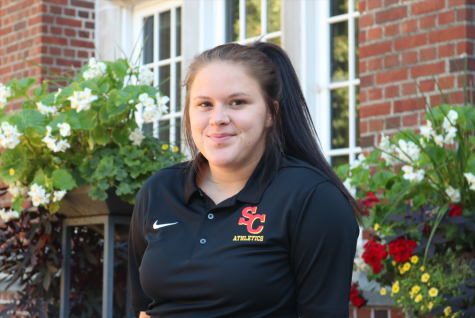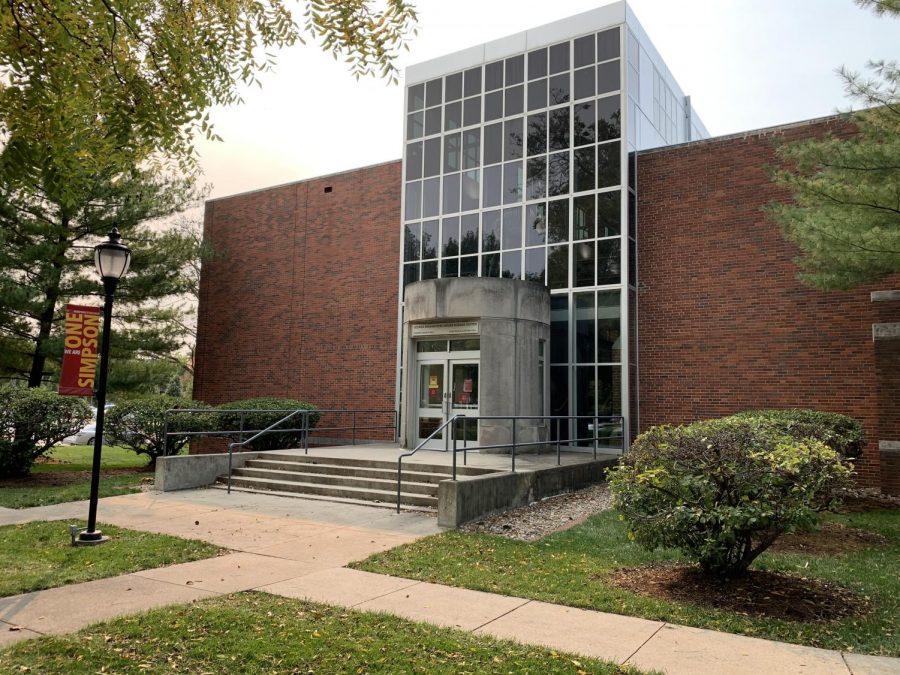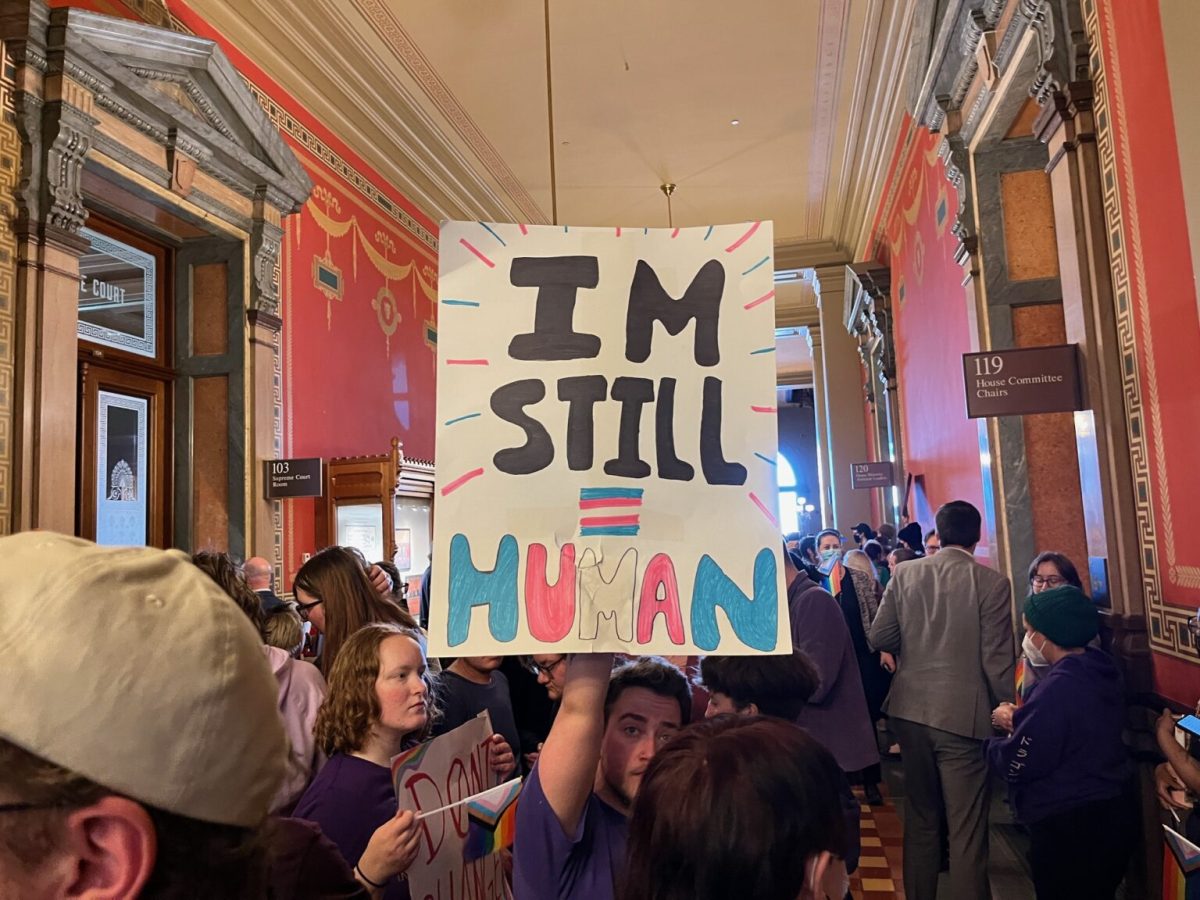Under represented- lack of female coaches despite Title IX
March 23, 2022
*Editor’s note: This story is one of two in a series of in-depth articles pertaining to Title IX at Simpson College.

Long before Moran Lonning was a coach, she was a little girl whose life revolved around sports. Today, she is one of few female coaches at Simpson College.
Lonning has spent six seasons with the Storm women’s basketball team as an assistant coach after playing collegiately at the University of Northern Iowa and Luther College.
“We can’t allow men to always be the ones hired. I think we also need to make sure that we’re making decisions to give women more chances to lead and just having the opportunity overall it’s gonna help everyone,” Lonning said. “The more that we give people who didn’t have opportunities, it’s gonna just better the whole department, the whole realm of sports, giving women more opportunities, just how we did 50 years ago.”
In 1972, Title IX broke down barriers for females in athletics and while significant progress has been made, colleges and universities still struggle with females in coaching positions.
When Title IX was first enacted, most women’s sports at the collegiate level were coached by women. At some point, that flipped.
In the 2019-2020 school year, the nine American Rivers Conference member schools had a total of 176 head coaches. Seven of those were female head coaches assigned to a team on a full-time basis while 22 were female head coaches assigned to a team on a part-time basis. All female head coaches combined, made up 16.4% of ARC coaches.
“Men started jumping over to the women’s side and that’s fine, but I think it’s important that females are coached by females,” Lonning said. “A male who’s maybe not as qualified is sometimes beating females out for head coaching jobs. And so now with Title IX, it was positive, but we’re seeing some negative results and more men are now pushing out women for leadership roles.”
According to the Equity in Athletics Data Analysis provided by the U.S. Department of Education, there were zero female head coaches assigned to teams on a full-time basis in the 2019-2020 reporting cycle at Simpson College.
That number has since changed, but only slightly.
Simpson sponsors 23 varsity sports now with the addition of men’s volleyball, men and women’s gymnastics and women’s wrestling. Out of those 23 sports, only two – women’s gymnastics and women’s tennis – have female head coaches.
“One of the first things that I noticed upon taking my new position is the low number of female employees in the athletic department,” Director of Athletics Marty Bell said. “We have implemented a full-time Assistant Athletic Director/Senior Woman Administrator with no coaching duties for the first time. We also hired a female Director of Athletics Communication in September when that position opened.”
Bell said he hopes to continue this trend by making diversity a focus in the candidate search process.
“We also are looking to address staffing infrastructure for the athletic department and plan to utilize the NCAA Grant programs which funds and create opportunities for potential female candidates. Currently, there are still many more male coaches that are leading female programs, but Title IX has slowly but surely been creating a better balance in this area,” Bell said.
While the numbers are slowly increasing, Lonning voices hope for the future.
“Women need to get used to hearing our voices and get used to leading and show our young girls that women are leaders,” Lonning said.







